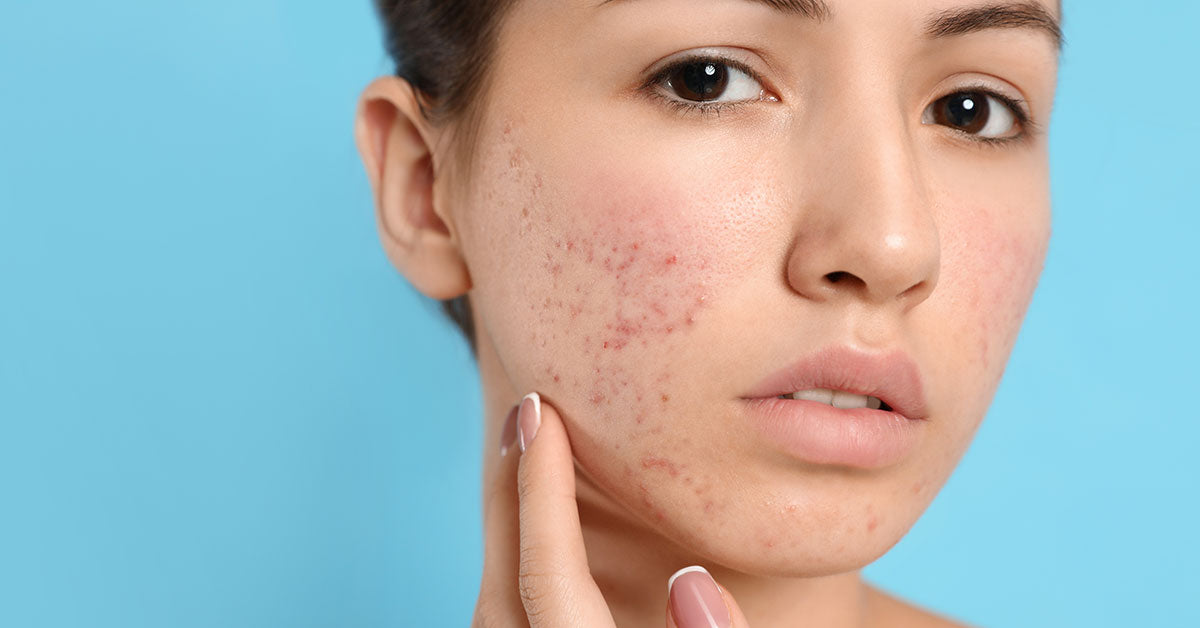Glycolic acid is a natural acid that comes from sugar beets, sugar cane, and a few other substances. It can be used as a medium-strength cream that exfoliates skin, as well as provides antioxidant and anti-inflammatory properties.
As a healing cream, glycolic acid is used in the treatment of a number of skin conditions. Doctors, estheticians, and cosmetologists typically oversee treatments of glycolic acid creams, however there are more mild, over-the-counter treatments available.
What do glycolic acid creams do to help the skin?
Glycolic acid cream is made up of small molecules that are able to get into the skin, removing debris and dead skin cells from the surface down to the middle layer. Creams range from mild to medium strength, which is based on the percentage of glycolic acid the cream contains. This depth of layers in the skin that the cream penetrates are dependent on the percentage in that cream.
There are a number of benefits for the skin that come from glycolic acid creams. From reducing ingrown hair, treating stretch marks, healing hyperpigmentation, and more, glycolic acid cream is an important treatment for many skin conditions.
Will the cream help to heal acne scars?
One of the top benefits of glycolic acid comes from its ability to loosen and lift excess oils out of hair follicle roots. This enables glycolic acid creams to treat acne and even heal acne scars.
Glycolic acid creams are used to remove whiteheads, blackheads, and pimples, as well as reduce the size of pores, making them an effective and natural acne treatment. Not only that, when glycolic acid creams are used as an acne treatment for an extended period of time, they can actually remove acne scars.
Are there any side effects of glycolic acid creams?
While glycolic acid is natural and typically safe for most people, it does come with a few potential side effects, including:
- Skin irritation
- Irritation of the eyes
- Skin sensations such as pulling, stinging, and burning
- Redness
- Swelling
- Cold sores
- Skin tone change
- Scarring, blisters, and hypopigmentation can occur, but are extremely rare
These side effects tend to occur more often when creams are overused or if overly high strengths are used. Side effects can be maximized with exposure to cigarette smoke and the sun.
How do I get glycolic acid cream to help heal my acne scars?
Dermatologists and estheticians can help you determine the strength and amount of glycolic acid cream that will be best for you and your skin condition. They will help ensure you use the appropriate amount and will help you prepare your skin for the treatment.
A cosmetic procedure, glycolic acid creams are not typically covered by health insurance. Medium-strength, physician-led glycolic acid treatment will likely cost $100 to $600.
Mild creams can be purchased over the counter and administered at home. These tend to cost $20 to $100 and can be purchased at stores or online. When you treat your acne scars at home, be sure to use well-reviewed creams from a reputable manufacturer, such as Hygieia Skin Care.
With Hygieia Skin Care, you can rest assured that you are getting the best at-home treatment for acne scars out there.





